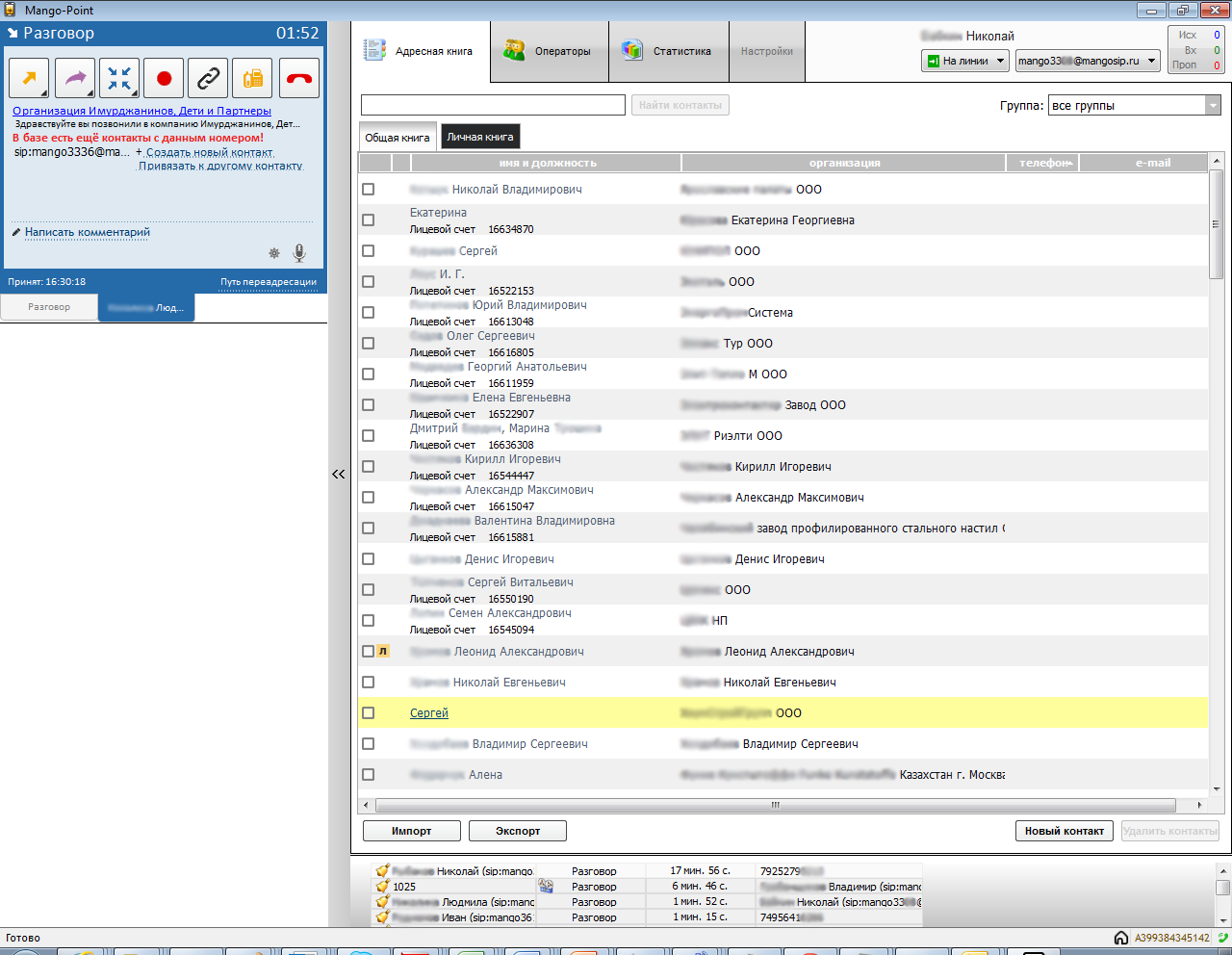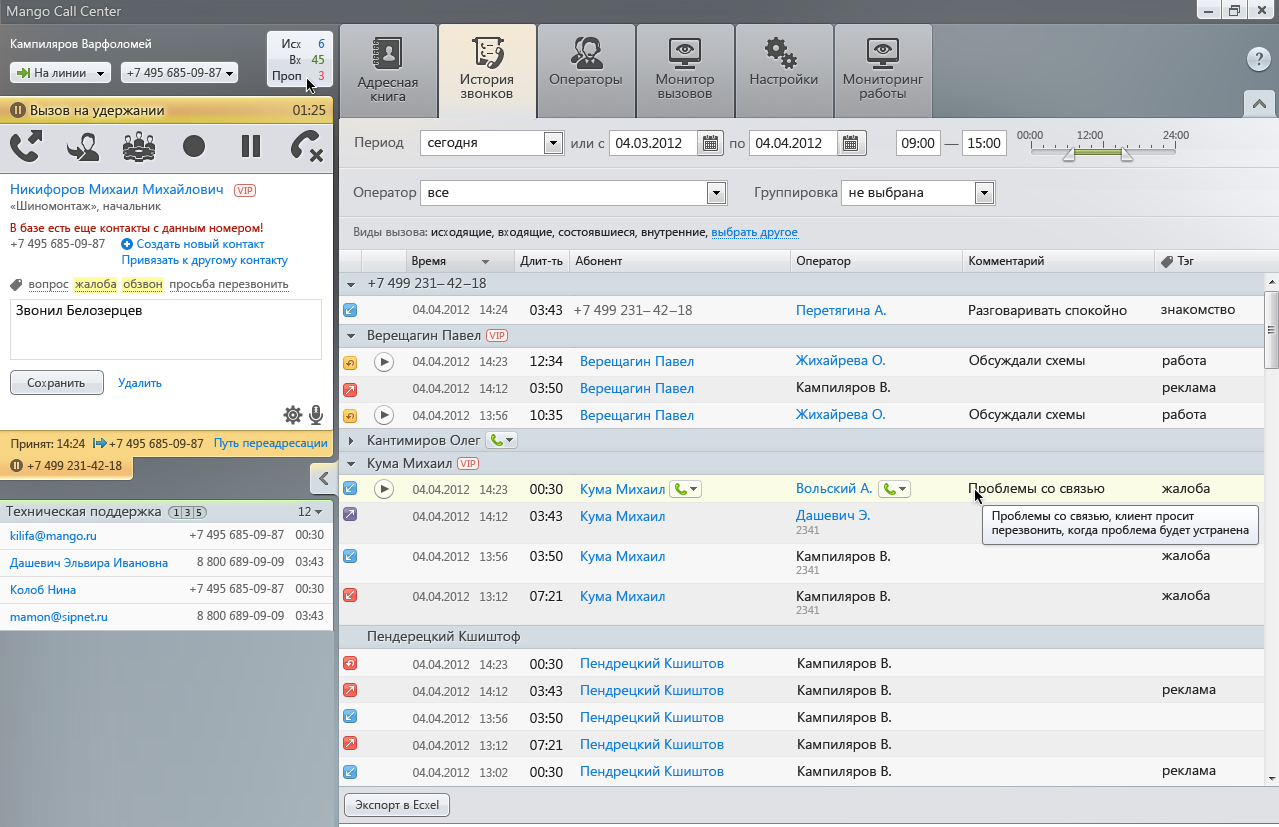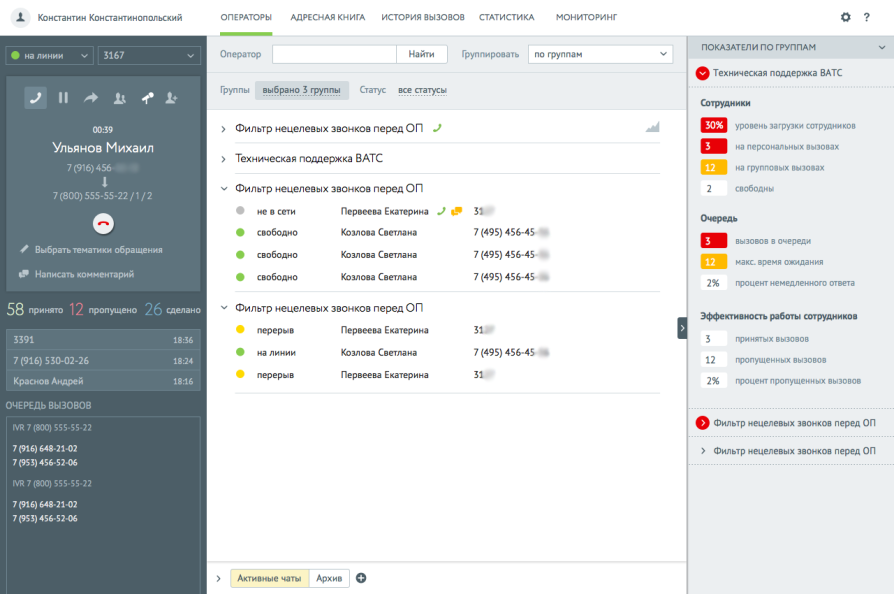Development of a unique product in 6 steps
There are many smart books on the topic of “hit products”. They are written about the search for ideas, the formation of the image of the product, market research, customer segmentation and the like. But this is a theory, but in practice there are only a few companies that use this approach in full. The reason is simple - it is difficult, it requires adherence to a specific sequence of actions, a serious expenditure of resources, and most importantly - the result is not guaranteed.
Usually, products are created differently: an existing analog is taken, the design changes, functions are added, and then advertising, and go! The disadvantage of this approach is that the product will always be secondary. Of course, due to the promotion and correct positioning, it can be brought to the top of the market, but it will be very difficult.

In this article we wanted to share our recipe for creating unique products. As an example, let's take a look at our Mango Office Call Center.
Reference:
Call Center is a cloud-based application for working with clients by phone and managing calls, employees and business processes in real time. Today it is used by 1600 companies and more than 10,000 users, and even not only in Russia. There are no similar products on the market yet.
Step 1. Where to get the idea?
The idea is useless to search, it comes by itself. The main thing is to remember: it is very difficult to make a product for someone, it is much easier to make a product for yourself.
If you are an individual entrepreneur, look around - what prevents you from living? What do you spend most of your time on?
If you work in a company, then try to answer this question: what business processes inside you do not work? What is the most difficult to control? What are the staff complaining about? This does not have to be a key process for the company, it can be auxiliary. The most important thing is that there are growth points.
Our experience was this:
We were not looking for ideas for a new product, but systematically engaged in the development of our virtual PBX and improving the quality of service. In 2011, we adopted a regional development strategy and set a goal: to increase sales by 50% annually. We had to achieve this by increasing the efficiency of the sales department and the quality of customer service, that is, selling more and letting go less customers. At the same time, the situation was somewhat complicated by the fact that customer service and sales were partially imposed in the regions.
80% of sales in our company both then and now are done by phone. As well as customer service by customer department and technical support department. At that time, we used conventional SIP devices and our own Mango Talker softphone. The control was carried out by listening to the records of conversations, analysis of CDR and reports on calls.
Having worked this way, we understood what we lack, which means our customers. With the existing control system, it was possible to detect any problem in customer service only after receiving the report. That is, for example, if several calls were missed, only the next day it was possible to find out about it, begin to find out the reasons and take some measures, and the clients were already lost.
So a basic idea appeared - we needed a tool that would show in real time how calls are received by our company and what happens to them. We wanted to understand who is calling where and what employees are doing here and now.
')
Step 2. Determine who you are developing the product for and what it should do.
To determine what product features to do in the first place, you need to understand for whom you are doing it. In the literature, this is called “creating a user profile” and includes interviewing potential buyers and clients, analyzing their needs, ranking, etc.
If you initially design a product for your tasks, then everything is much simpler, because your Central Asia is a specific employee with his tasks and needs.
Our experience:
First, we defined the roles of the employees who would use the product. Since we had to ensure the joint work of people in different departments, there were 3 main roles - a top manager, a department manager, an operator. The basic needs were:
For company manager:
• Remote control over the work of all departments of the company
• Implementation / Development of a system of key performance indicators
For department managers
• Department monitoring in real time
• Employee management
• Analysis of statistical information on customer service indicators for any period
For the operator:
• Simple classification and processing of incoming calls.
• Monitoring incoming call queues
• Convenient communication tools
Step 3. Make a prototype
Most products are first developed, and only then begin to engage in the interface. The disadvantage of this approach is in labor costs. Development is the most time-consuming process in creating a product, and making any changes at a later stage will be much more expensive than at the prototype stage.
However, it is the ease of use that distinguishes one product from another and is able to distinguish your product from competitors. And if you do not have enough competence in this matter - do not hesitate, involve third-party specialists.
Our experience:
We took this stage as seriously as possible. We attracted one of the usability leaders at that time, went through an infinite number of iterations, but were satisfied.
Minus third-party specialists - a long immersion in the subject area, plus - a wealth of experience. Now that we have gained enough competence, we do the UI for most of our products on our own.
Here is the 35th version of the product on paper

Step 4. Do not forget about the design.
The question of design stands apart. This is a showcase of your product, and you need to approach it accordingly. It is better if you imagine the design at least in general terms already during the development. This is necessary in order for the implementation of the prototype, the latter looked as close as possible to the final product.
Now they do not share the work on product usability and design. These things are inseparably connected and it is more correct to do them in a complex. It is important that you do not forget about that or about the other.
Our experience:
We created a product prototype and began testing it on end users. He looked like this:
CV without design

And here it turned out that it is important for users how the product looks. That is, it should be not only convenient, but also visually attractive. Then we started to do the design, which made us refine usability and required serious labor costs.
Design CC

The conclusion is simple - it would be better to do everything at once (design at the prototype stage).
Step 5. Check in combat conditions
The sooner you begin to check the product in real conditions, the better. Even long weeks of testing a prototype will not replace several days of work in combat conditions. Do not postpone work in real conditions at the final stages - then it will be too late to make adjustments.
The question is how to make people work in a “raw” product. Here, the “inside look” will help you again. Make the product useful for employees, include in the first iterations exactly what you are doing for it, and give people a try.
Our experience:
In August 2012, we started using the new product at once in 4 departments: client, sales, technical support and in an outsourcing call center. And at once we were just bombarded with tips, wishes and wishes. It was very difficult to maintain the basic positioning of the product and not to “fall down” on a narrowly focused solution for individual units. There was still a lot of work ahead, and only in April 2013 we were able to present the product to our customers.
Step 6. Do not stand still!
Do not stand still, your product becomes obsolete every minute. Which way to develop it? Clients will send you a whole avalanche of their Wishlist. Do not rush to do them right away - if the need really exists, they will write to you again and again. Form your vision for product development and follow it. Of course, you have to listen to customers, but only you know how to develop the product.
Our experience:
We are constantly developing and refining our product both functionally and visually. For example, this month we will release the module "Outgoing calls". And in the middle of the year, we are planning a full reystaling CC and are already actively working on its new design and usability.
This will be the CEC in 2016

Usually, products are created differently: an existing analog is taken, the design changes, functions are added, and then advertising, and go! The disadvantage of this approach is that the product will always be secondary. Of course, due to the promotion and correct positioning, it can be brought to the top of the market, but it will be very difficult.

In this article we wanted to share our recipe for creating unique products. As an example, let's take a look at our Mango Office Call Center.
Reference:
Call Center is a cloud-based application for working with clients by phone and managing calls, employees and business processes in real time. Today it is used by 1600 companies and more than 10,000 users, and even not only in Russia. There are no similar products on the market yet.
Step 1. Where to get the idea?
The idea is useless to search, it comes by itself. The main thing is to remember: it is very difficult to make a product for someone, it is much easier to make a product for yourself.
If you are an individual entrepreneur, look around - what prevents you from living? What do you spend most of your time on?
If you work in a company, then try to answer this question: what business processes inside you do not work? What is the most difficult to control? What are the staff complaining about? This does not have to be a key process for the company, it can be auxiliary. The most important thing is that there are growth points.
Our experience was this:
We were not looking for ideas for a new product, but systematically engaged in the development of our virtual PBX and improving the quality of service. In 2011, we adopted a regional development strategy and set a goal: to increase sales by 50% annually. We had to achieve this by increasing the efficiency of the sales department and the quality of customer service, that is, selling more and letting go less customers. At the same time, the situation was somewhat complicated by the fact that customer service and sales were partially imposed in the regions.
80% of sales in our company both then and now are done by phone. As well as customer service by customer department and technical support department. At that time, we used conventional SIP devices and our own Mango Talker softphone. The control was carried out by listening to the records of conversations, analysis of CDR and reports on calls.
Having worked this way, we understood what we lack, which means our customers. With the existing control system, it was possible to detect any problem in customer service only after receiving the report. That is, for example, if several calls were missed, only the next day it was possible to find out about it, begin to find out the reasons and take some measures, and the clients were already lost.
So a basic idea appeared - we needed a tool that would show in real time how calls are received by our company and what happens to them. We wanted to understand who is calling where and what employees are doing here and now.
')
Step 2. Determine who you are developing the product for and what it should do.
To determine what product features to do in the first place, you need to understand for whom you are doing it. In the literature, this is called “creating a user profile” and includes interviewing potential buyers and clients, analyzing their needs, ranking, etc.
If you initially design a product for your tasks, then everything is much simpler, because your Central Asia is a specific employee with his tasks and needs.
Our experience:
First, we defined the roles of the employees who would use the product. Since we had to ensure the joint work of people in different departments, there were 3 main roles - a top manager, a department manager, an operator. The basic needs were:
For company manager:
• Remote control over the work of all departments of the company
• Implementation / Development of a system of key performance indicators
For department managers
• Department monitoring in real time
• Employee management
• Analysis of statistical information on customer service indicators for any period
For the operator:
• Simple classification and processing of incoming calls.
• Monitoring incoming call queues
• Convenient communication tools
Step 3. Make a prototype
Most products are first developed, and only then begin to engage in the interface. The disadvantage of this approach is in labor costs. Development is the most time-consuming process in creating a product, and making any changes at a later stage will be much more expensive than at the prototype stage.
However, it is the ease of use that distinguishes one product from another and is able to distinguish your product from competitors. And if you do not have enough competence in this matter - do not hesitate, involve third-party specialists.
Our experience:
We took this stage as seriously as possible. We attracted one of the usability leaders at that time, went through an infinite number of iterations, but were satisfied.
Minus third-party specialists - a long immersion in the subject area, plus - a wealth of experience. Now that we have gained enough competence, we do the UI for most of our products on our own.
Here is the 35th version of the product on paper

Step 4. Do not forget about the design.
The question of design stands apart. This is a showcase of your product, and you need to approach it accordingly. It is better if you imagine the design at least in general terms already during the development. This is necessary in order for the implementation of the prototype, the latter looked as close as possible to the final product.
Now they do not share the work on product usability and design. These things are inseparably connected and it is more correct to do them in a complex. It is important that you do not forget about that or about the other.
Our experience:
We created a product prototype and began testing it on end users. He looked like this:
CV without design

And here it turned out that it is important for users how the product looks. That is, it should be not only convenient, but also visually attractive. Then we started to do the design, which made us refine usability and required serious labor costs.
Design CC

The conclusion is simple - it would be better to do everything at once (design at the prototype stage).
Step 5. Check in combat conditions
The sooner you begin to check the product in real conditions, the better. Even long weeks of testing a prototype will not replace several days of work in combat conditions. Do not postpone work in real conditions at the final stages - then it will be too late to make adjustments.
The question is how to make people work in a “raw” product. Here, the “inside look” will help you again. Make the product useful for employees, include in the first iterations exactly what you are doing for it, and give people a try.
Our experience:
In August 2012, we started using the new product at once in 4 departments: client, sales, technical support and in an outsourcing call center. And at once we were just bombarded with tips, wishes and wishes. It was very difficult to maintain the basic positioning of the product and not to “fall down” on a narrowly focused solution for individual units. There was still a lot of work ahead, and only in April 2013 we were able to present the product to our customers.
Step 6. Do not stand still!
Do not stand still, your product becomes obsolete every minute. Which way to develop it? Clients will send you a whole avalanche of their Wishlist. Do not rush to do them right away - if the need really exists, they will write to you again and again. Form your vision for product development and follow it. Of course, you have to listen to customers, but only you know how to develop the product.
Our experience:
We are constantly developing and refining our product both functionally and visually. For example, this month we will release the module "Outgoing calls". And in the middle of the year, we are planning a full reystaling CC and are already actively working on its new design and usability.
This will be the CEC in 2016

Source: https://habr.com/ru/post/299390/
All Articles